Search
Did you mean: Italy?
Search Results
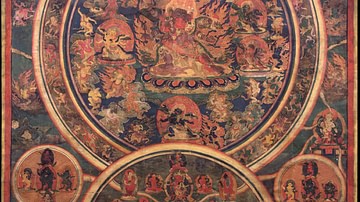
Definition
Tibetan Book of the Dead
The Tibetan Book of the Dead is the English translation of the Tibetan texts known as bar-do thos-grol (Bardo Thodol) – “Liberation Through Hearing During the Intermediate State” – and serves as a guide for the soul of the deceased after...
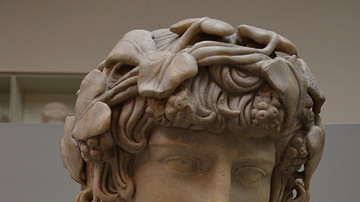
Definition
Antinous
Antinous (l. c. 110-130 CE) was a youth of Bithynia who became the beloved of the Roman emperor Hadrian (l. 76-138 CE, r. 117-138 CE) from around the age of 13 until his death at nearly 20. His year of birth is unknown as are any details...

Definition
John the Baptist
John the Baptist (d. c. 30 CE) was a 1st-century CE itinerant preacher in Judea. We do not know his full name, but he is recognized by his activity. 'Baptizer' (Greek: baptizo) was translated directly into English and meant 'to immerse' or...
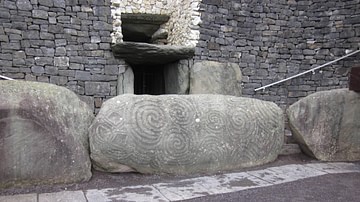
Definition
Newgrange
Newgrange is a Neolithic monument located in the region of Bru na Boinne, County Meath, Ireland. The name is fairly modern and comes from the 'newer' grange (farm) of the monks of Mellifont Abbey near Drogheda 8 miles (14 km) north. Although...
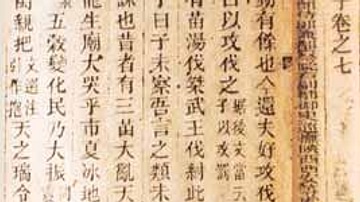
Definition
Mo Ti
Mo Ti (l. 470-391 BCE, also known as Mot Tzu, Mozi, and Micius) was a Chinese philosopher of the Warring States Period (c. 481-221 BCE) associated with the Hundred Schools of Thought (different philosophical schools which established themselves...

Definition
Areni Cave
The Areni Cave is a multicomponent cave site with artifacts dating from the Chalcolithic to the Bronze Age. In Armenia, the Areni Cave complex is also known as "Birds' Cave" ("Trchuneri" in Armenian). Located near the town of Areni, which...

Video
Virtual Olympia Tour
Virtual Olympia is a region in Second Life based on Olympia, Greece 300BC. This movie is a tour to that sim. Be sure to check it out by following this SLurl: http://slurl.com/secondlife/ViRTUAL%20OLYMPiA/196/11/37 All the music in this...
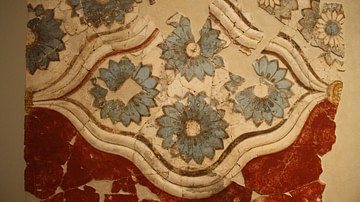
Article
Akrotiri Frescoes
The Bronze Age frescoes from Akrotiri on the Aegean island of Thera (modern-day Santorini) provide some of the most famous images from the ancient Greek world. Sometime between 1650 and 1550 BCE Thera suffered a devastating earthquake which...
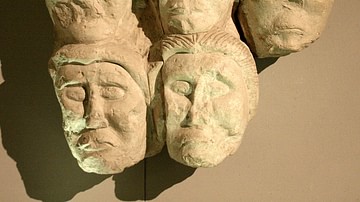
Article
Sacred Sites & Rituals in the Ancient Celtic Religion
In the religion of the ancient Celts who lived in Iron Age Europe from 700 BCE to 400 CE, certain natural sites like springs, river sources, and groves were held as sacred. These places, as well as some urban sites, often had purpose-built...

Article
Jade in Ancient China
Jade (nephrite) was regarded as the most precious stone in ancient China, and it symbolised purity and moral integrity. Prized for its durability and magical qualities, the stone was laboriously carved and polished into all manner of objects...